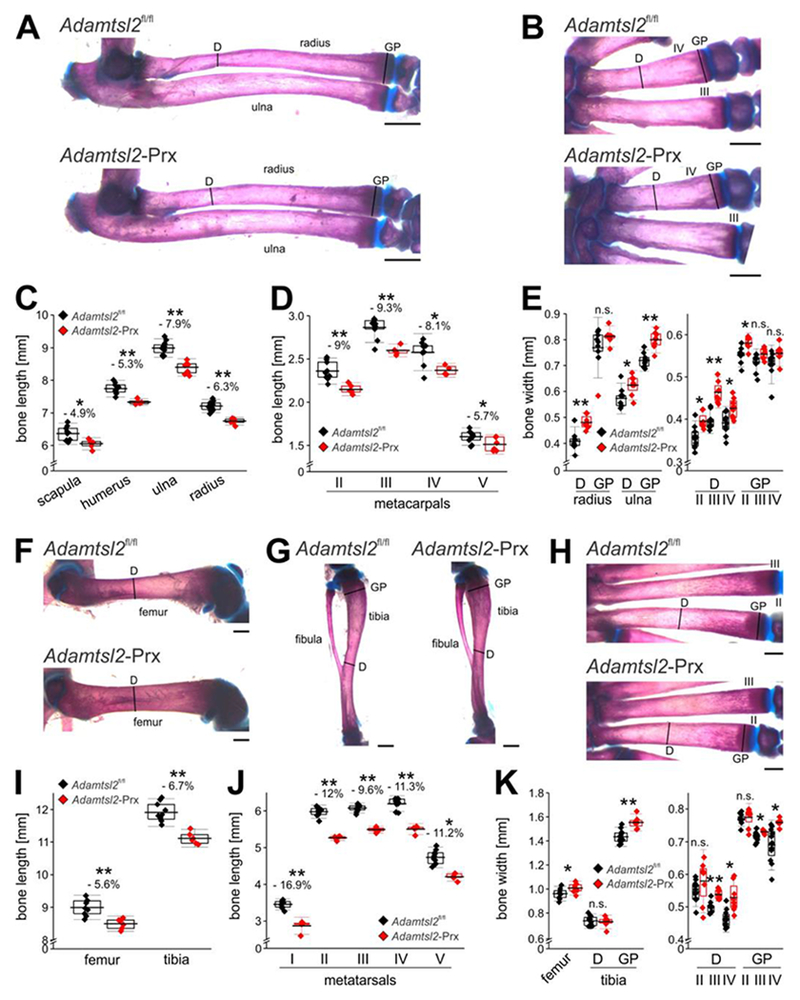Figure 2. Prx1-Cre mediated Adamtsl2 inactivation results in an acromelic dysplasia (disproportionally shorter distal bones).

(A, B) Alizarin red-Alcian blue stained radius and ulna (A) and metacarpals (B), showing the sculpting defect in the mid-diaphysis. Lines indicate where bone width was measured. D, diaphysis; GP, growth plate. (C, D) Measured lengths of proximal forelimb long bones (C) and metacarpals (D) indicating disproportionate shortening of the distal bones. (E) Measured widths of diaphysis (D) or growth plate (GP) indicate wider bones in absence of ADAMTSL2. Relative reduction in length or width in C-E is indicated as a percentage. (F-H) Alizarin red-Alcian blue stained femur (F), tibia and fibula (G), and metatarsals (H), showing the sculpting defect in the diaphysis. Lines indicate where bone width was measured. (I, J) Measured lengths of hind limb proximal long bones (I) and metatarsals (J) indicating disproportionately shorter distal bones. (K) Measured widths of diaphysis (D) or growth plate (GP) indicating wider bones in absence of ADAMTSL2. Relative reduction in length or width in I-K is indicated as a percentage. Bones were dissected from littermates at P18 (n=6-10). Relative reduction in length is indicated in %. P-value were calculated with 2-sided Student t-test. * p<0.05; ** p<0.001. The box indicates the 25th-75th percentile, line indicates mean value and whiskers indicate standard deviation. Scale bars in A-C and F-H are 1 mm.
